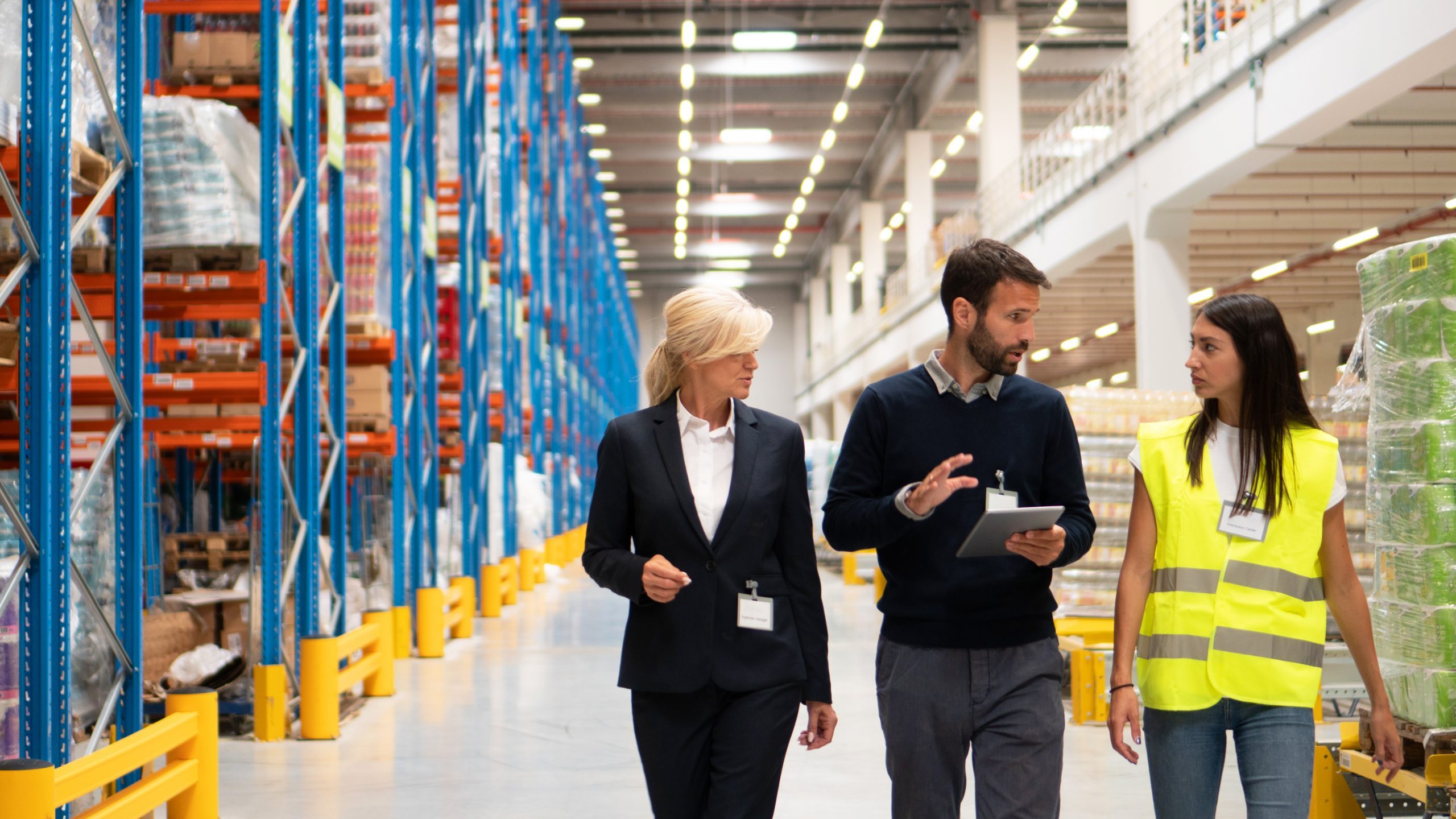
A prediction: in the next decade, automation and artificial intelligence will come to occupy a critical role in transport and logistics globally. The industry, and the global supply chains upon which it depends, seems on the precipice of wide technological advance—and therefore, profit and efficiency—but for many, the capital investment is simply too great to justify.
This makes sense: for many logistics companies, margins are slim on the best of days, and this is to say nothing of the unprecedented recent sea freight container price volatility.1 But those companies where investment in automation and artificial intelligence is possible could see returns in the trillions of dollars over the next few decades.2 When put in such explicit financial terms, to do anything but embrace the task of automation would seem a fool’s errand.
The Logic of Investment in Automation For Logistics
The logic behind such investment could be boiled down to an old adage: you have to spend money to make money—and in this case, make money you will.
This is because automation and artificial intelligence take on a specific task which humans struggle with: creating efficiency. According to Goldman Sachs, there are 15 septillion different routes a driver may take to deliver 25 packages by van.2 Extrapolate that by the millions of variables involved in a single supply chain of, say, a consumer good prepared in China to be sold in North America. From buying to production to transportation and warehousing, there are—quite literally—an infinite number of inefficiencies, all of which all cost money. The best way to create value in logistics is to create efficiencies by keeping overhead, low performance equipment, and processual costs low.
“Now is the time for companies to invest capital in either semi or fully automated systems,” says Canadian Alliance President William McKinnon. “This is for two reasons primarily, in my view.”3
“We are seeing an increased number of entrants into the workforce demonstrating a desire to select work that is less physical. These very physically taxing aspects of the work can be reduced or eliminated by automation,” says McKinnon. “Further, with automation, worker skill levels increase, creating a win-win for both the employee-customer and company. This would dramatically improve company efficiency.”3
Put plainly, it is only possible to reach optimal levels of such efficiencies by embracing automation and machine learning.
Buying into automation, especially that which is driven by artificial intelligence, is an obviously winning strategy. But the costs of adequate implementation—not only of purchasing a given system, but truly organizing your business processes around that system in order to get optimal performance—can very quickly reach eye watering costs.
According to 6 Rivers Systems, fully automating an average warehouse—buying into hardware and software—costs at least $25m. For many smaller logistics companies, this is simply impossible (though partial automation is still likely to return value at smaller investment points, like $1m or $10m).4
But for larger providers, this investment is liable to return $1.3 to $2.3 trillion in economic value per year, per company according to McKinsey. The possible benefit and profit is clear; the real task comes in deciding which sort of automation is right for a given company.
Two Kinds of Automation
Buying into hardware systems might be the first kind of automation people think of, given the ubiquitous imagery of those pristine, finely articulated robots in Tesla’s factories or Amazon’s warehouses. Make no mistake: hardware like the Kiva robots or like those self-driving tractor trailers are integral to complete automation. But for logistics companies not able to invest tens of millions, hardware falls in priority. This is for one simple reason: hardware can obsolesce. And for the price tag, it may make more sense to buy into software as a service (SaaS) as a first foray into automation instead.
Investing in automated software systems driven by artificial intelligence brings a different kind of potential: software, by and large, does not obsolesce like hardware. It can be elaborated and improved over the course of decades—and arguably, represents the largest site of potential for increased efficiencies.
Two of the most promising technologies driven by AI are concerned with a macro-view of the supply chain—and your part in it. The first demonstrates the ethos of AI: real time data sharing and manipulation. AI is a technology defined by its ability to learn and reason, to evolve over time. Integrating real time data sharing—and letting your AI learn from it to make better decisions as it learns—not only assists your supply chain partners by giving them greater visibility, it positions your entire part in the supply chain toward this kind of data driven efficiency that is impossible without AI. Embracing such a software requires a significant investment of time, but it ensures that your data is clean, useful, and flexible in how it may be used. This kind of ability is a gift that keeps on giving, or, that keeps on creating better and better efficiencies through the years.
“Certainly there is a shift to integrate AI into many aspects of the supply chain,” says McKinnon. “It all starts with who is collecting what data and how that data can be modelled to predict an outcome. The log jam occurs at the intersections of old operating systems, and a reluctance to share company data, while openly embracing this technology—without compromising privacy,—will usher in a new era of efficiency for stakeholders in the 3PL space.”3
The second sort of AI software relies on data collection and manipulation to make the best guesses possible. Forecasting demand, lead times, and accounting for potential upsets due to external factors like weather can save your company untold millions of dollars. The AI doesn’t make any decisions for you, it simply reviews data and offers you a selection of high quality, efficient, cost effective choices to make for yourself. Forecasting is an integral part of logistics and yet is one of the most costly in which to err; integrating AI into your forecasting processes (or better yet, redesigning the process to best use the AI) will be a factor that sets your company apart from those hesitant to embrace automation.
In conclusion, a note from Dr. Michael Feindt, as quoted by Forbes. Feindt is a physicist who developed the NeuroBayes algorithm at CERN, founding his company Blue Yonder in 2008 to work specifically in supply chain management.
“The self-learning supply chain marks the next major frontier of supply chain innovation,” Feindt says. “It’s a futuristic vision of a world in which supply chain systems, infused with AI and machine learning (ML), can analyze existing strategies and data to learn what factors lead to failures. Because of recent advancements in technology, the autonomous supply chain is no longer ‘blue-sky thinking.’”5
